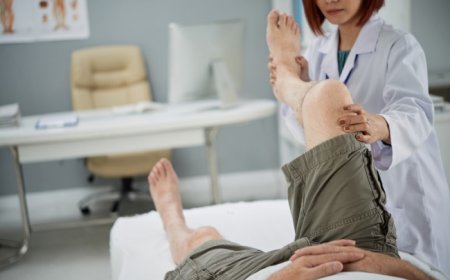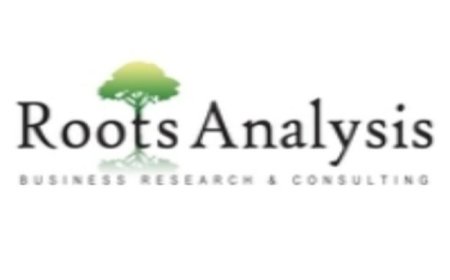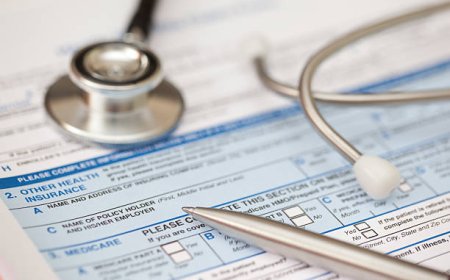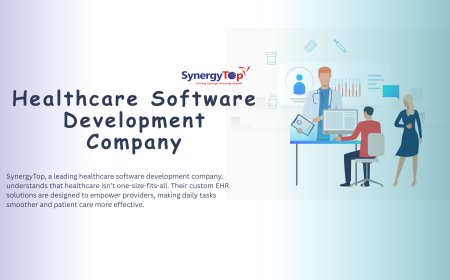Tardive Dyskinesia Market: Comprehensive Analysis and Strategic Insights by DelveInsight
This debilitating condition, characterized by involuntary and repetitive body movements, primarily results from prolonged exposure to dopamine receptor blocking agents used in psychiatric treatment.

Market Overview and Therapeutic Landscape
The global Tardive Dyskinesia Treatment Market has emerged as a significant therapeutic area within neurological medicine, addressing a complex movement disorder that affects millions of patients worldwide.
The market has witnessed unprecedented growth as healthcare systems recognize the substantial unmet medical need within this patient population. With an estimated prevalence rate of 15-30% among patients receiving long-term antipsychotic therapy, the condition represents a major healthcare challenge requiring specialized intervention strategies. The growing awareness among healthcare professionals and patients has led to increased screening protocols and earlier detection rates, subsequently driving market expansion.
Recent advances in understanding the neurobiological mechanisms underlying tardive dyskinesia have opened new avenues for therapeutic intervention. The pathophysiology involves complex interactions between dopaminergic, cholinergic, and GABAergic neurotransmitter systems, providing multiple targets for pharmaceutical intervention.
Market Segmentation and Regional Analysis
The Tardive Dyskinesia Market Forecast reveals distinct market segments based on treatment modality, patient demographics, and geographic distribution. The market encompasses both pharmacological and non-pharmacological interventions, with medication-based treatments dominating the therapeutic landscape.
North America currently leads the global market, driven by advanced healthcare infrastructure, high awareness levels, and favorable reimbursement policies. The region benefits from robust clinical research activities and early adoption of novel therapeutic approaches. European markets follow closely, with significant growth potential in emerging economies where psychiatric care is expanding rapidly.
The market segmentation also reflects varying treatment approaches across different age groups and severity levels. Elderly patients, who constitute a significant portion of the affected population, require specialized treatment protocols that consider comorbidities and polypharmacy concerns. This demographic complexity has created distinct market niches with specific therapeutic requirements.
Industry Players and Competitive Dynamics
The Tardive Dyskinesia Companies ecosystem includes a diverse range of pharmaceutical manufacturers, from multinational corporations to specialized biotech firms. These organizations are pursuing various strategic approaches to capture market share and address the significant unmet medical needs in this therapeutic area.
Leading market participants have invested heavily in clinical development programs, with several companies advancing novel therapeutic candidates through late-stage clinical trials. The competitive landscape is characterized by both organic growth strategies and strategic partnerships aimed at accelerating drug development timelines and expanding market reach.
Innovation in this space extends beyond traditional small molecule approaches, with companies exploring biologics, gene therapies, and advanced drug delivery systems. These next-generation therapeutic modalities represent significant opportunities for market differentiation and improved patient outcomes.
Therapeutic Pipeline and Innovation Trends
The Tardive Dyskinesia Drugs Market pipeline showcases remarkable diversity in therapeutic approaches and mechanisms of action. Current approved therapies have demonstrated clinically meaningful improvements in abnormal involuntary movements, establishing proof of concept for targeted intervention strategies.
Emerging therapeutic candidates are exploring novel targets within the central nervous system, including neuropeptide receptors, ion channels, and cellular signaling pathways. These approaches offer potential advantages in terms of efficacy, tolerability, and patient convenience compared to existing treatment options.
The integration of precision medicine concepts is gaining momentum, with researchers investigating genetic markers and biomarkers that could predict treatment response and optimize therapeutic selection. This personalized approach represents a paradigm shift toward more effective and individualized patient care.
Market Challenges and Future Opportunities
Despite significant progress, the market faces several challenges, including diagnostic complexity, treatment adherence issues, and the need for long-term safety data. Many patients remain undiagnosed or misdiagnosed, representing a substantial opportunity for market expansion through improved awareness and screening programs.
The development of combination therapies and adjunctive treatments presents additional growth opportunities, as these approaches may provide superior efficacy compared to monotherapy strategies. Furthermore, the expansion of treatment indications beyond traditional tardive dyskinesia to include related movement disorders could significantly broaden the addressable patient population.
Future market evolution will likely be shaped by technological advances in drug delivery, digital health integration, and artificial intelligence applications in treatment optimization. These innovations could transform the standard of care and create new market segments focused on comprehensive patient management solutions.
Latest Reports:-
Adrenomyeloneuropathy Market | Aesthetic Implants Market | Age-related Vision Dysfunction Market | Aids Related Kaposis Sarcoma Market | Amyloidosis Market | Allergic Rhinitis Market | Alstrom Syndrome Market | Ambulatory Arrhythmia Market | Anal Cancer Market | Anemia Market | Angina Pectoris Market | Angioimmunoblastic T-cell Lymphoma Market | Antibody Drug Conjugate Market | Anti Hypertension Market | Anti-hypertension Market | Antiphospholipid Syndrome Aps Market | Apraxia Market | Arteriovenous Malformations Market | Artificial Cornea And Corneal Implan Market | Artificial Kidney Market | Asthma Diagnostic Device Market | Atheletes Foot Market | Tinea Pedis/athletes Foot Market | Atopic Dermatitis Market | Attention Deficit Hyperactivity Disorder Adhd Market | Atypical Hemolytic Uremic Syndrome Market | Hearing Aid Devices Market | Autism Spectrum Disorder Market | Autoimmune Hepatitis Market | Automated External Defibrillators Market | Autosomal Dominant Polycystic Kidney Disease Market Market | Polycystic Kidney Disease Market | Autosomal Recessive Congenital Ichthyosis Market Size | Avascular Necrosis Market



























